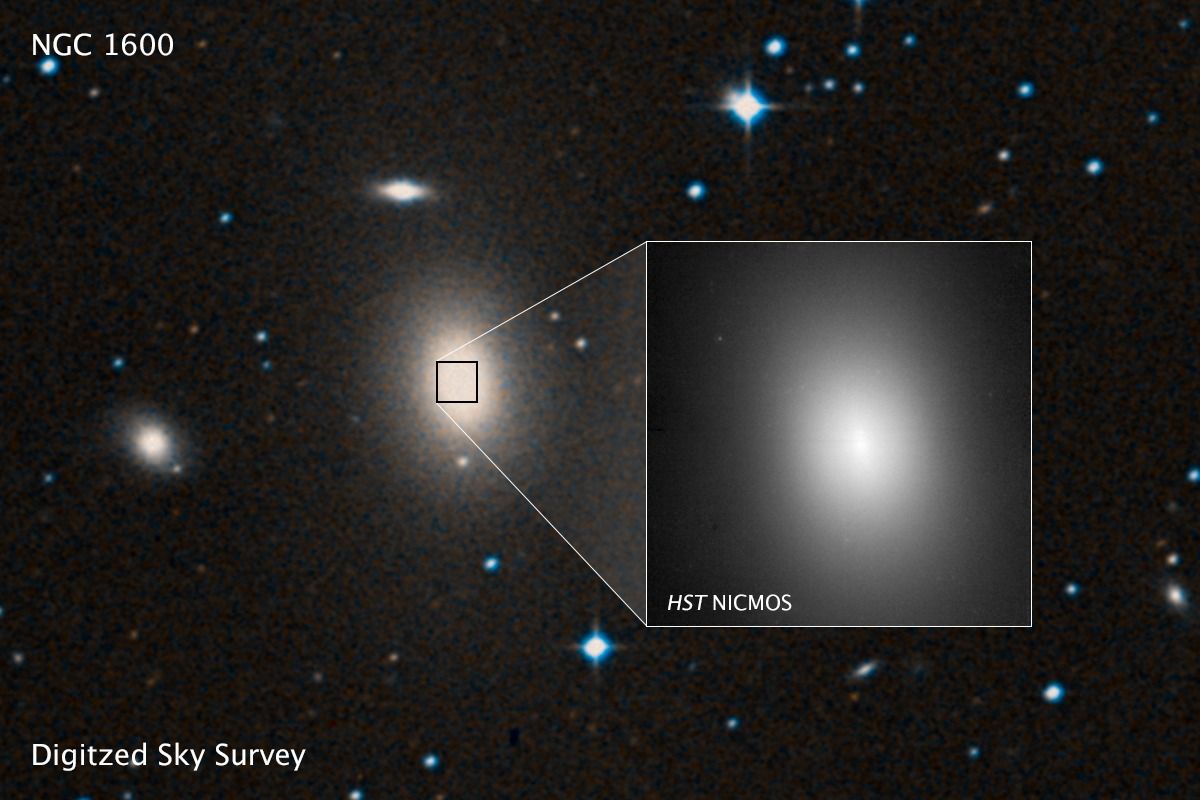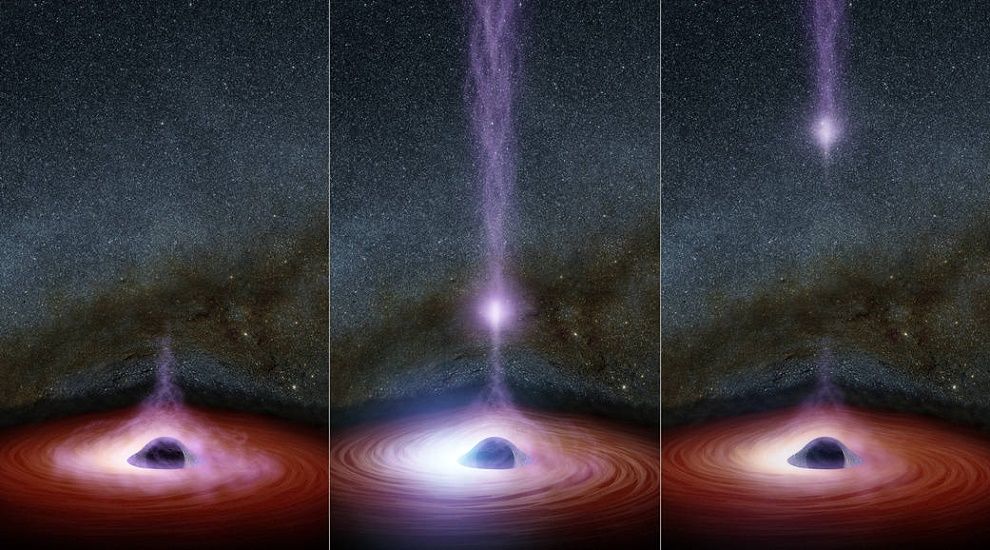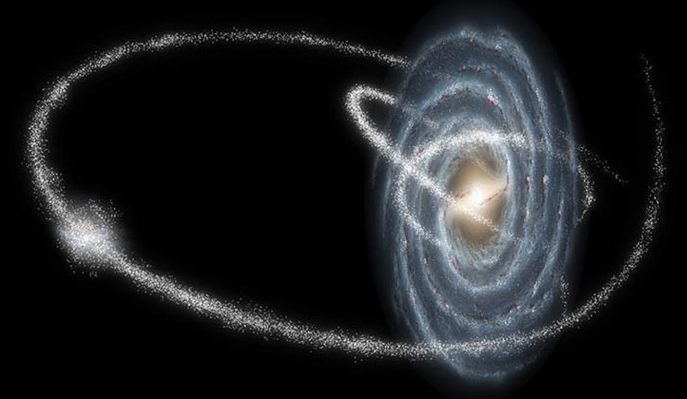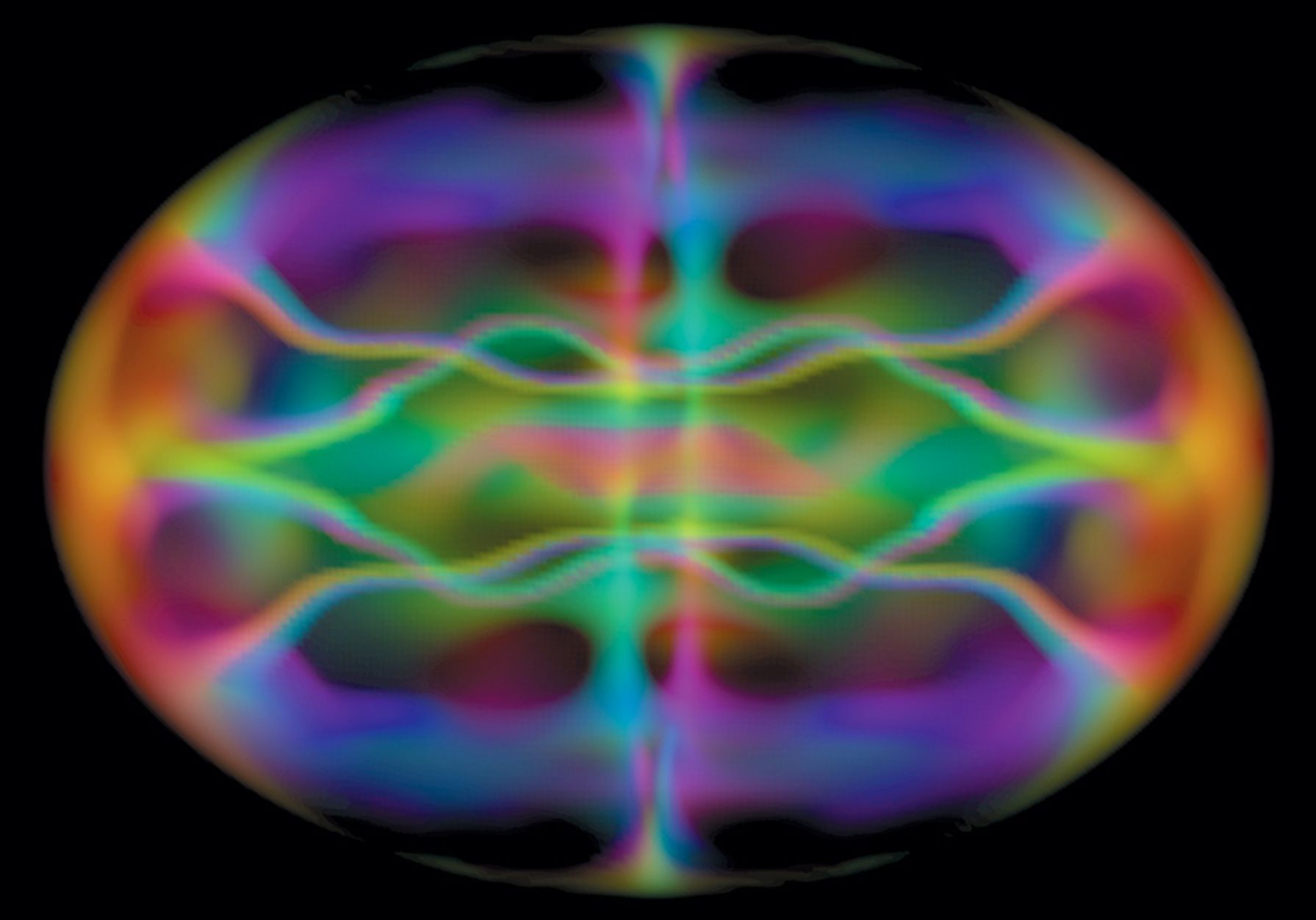
Category: cosmology – Page 486

Scientists May Have Just Discovered a Parallel Universe Leaking Into Ours
Strange light in space could prove to be earth-shattering.

Can black holes transport you to other worlds?
If you believe the creations of science fiction, black holes serve as gateways to other worlds, either distant parts of this universe or other universes entirely. But the reality might be more complicated than that. And outside of the sci-fi realm, dropping into a black hole is a bad idea.
Even so, it turns out that people who enter a black hole would have at least a slight chance of escaping, either back into their own world or to some exotic place. This is because black holes actually bend space itself, and so could bring points that are ordinarily distant from each other much closer together.
An oft-used analogy is the bending of a piece of paper. If you draw a line on the paper, it follows the paper’s shape and the line’s length is unchanged by bending the paper. But if you go through the paper, the end points of the line are much closer to one another. Understanding this requires diving into Einstein’s theory of relativity as applied to gravity. [5 Reasons We May Live in a Multiverse].

From IT to black holes: Nano-control of light pioneers new paths
Australia did it again! They have developed a chip for the nano-manipulation of light which establishes the NextGen of Optical Storage and processing.
An Australian research team has created a breakthrough chip for the nano-manipulation of light, paving the way for next gen optical technologies and enabling deeper understanding of black holes.
Led by Professor Min Gu at RMIT University in Melbourne, Australia, the team designed an integrated nanophotonic chip that can achieve unparalleled levels of control over the angular momentum (AM) of light.
The pioneering work opens new opportunities for using AM at a chip-scale for the generation, transmission, processing and recording of information, and could also be used to help scientists better understand the evolution and nature of black holes.

Supermassive black holes may be lurking everywhere in the universe
A near-record supermassive black hole discovered in a sparse area of the local universe indicates that these monster objects — this one equal to 17 billion suns — may be more common than once thought, according to University of California, Berkeley, astronomers.
Until now, the biggest supermassive black holes — those with masses around 10 billion times that of our sun — have been found at the cores of very large galaxies in regions loaded with other large galaxies. The current record holder, discovered in the Coma Cluster by the UC Berkeley team in 2011, tips the scale at 21 billion solar masses and is listed in the Guinness Book of World Records.
The newly discovered black hole is in a galaxy, NGC 1600, in the opposite part of the sky from the Coma Cluster in a relative desert, said the leader of the discovery team, Chung-Pei Ma, a UC Berkeley professor of astronomy and head of the MASSIVE Survey, a study of the most massive galaxies and black holes in the local universe with the goal of understanding how they form and grow supermassive.


Mysterious Fast Radio Burst ‘Afterglow’ Was A Supermassive Black Hole
The next step was to then look a bit more closely at the host galaxy. In this case, the scientists found that there was a persistent radio source in the galaxy. If it had been an afterglow, it should have faded away rather than continuing as the scientists observed.
“What the other team saw was nothing unusual,” said Edo Berger, one of the researchers involved in the new study. “The radio emission from this source goes up and down, but it never goes away. That means it can’t be associated with the fast radio burst.”
So what did the emission come from? It was likely from an active center of a galaxy. This center is powered by a supermassive black hole, similar to our own Milky Way galaxy. Twin jets shot out from the black hole, and can create a constant source of the radio waves that the researchers spotted.



Is the black hole at our galaxy’s centre a quantum computer? – Sabine Hossenfelder Essays
Black-hole computing.
Might nature’s bottomless pits actually be ultra-efficient quantum computers? That could explain why data never dies.